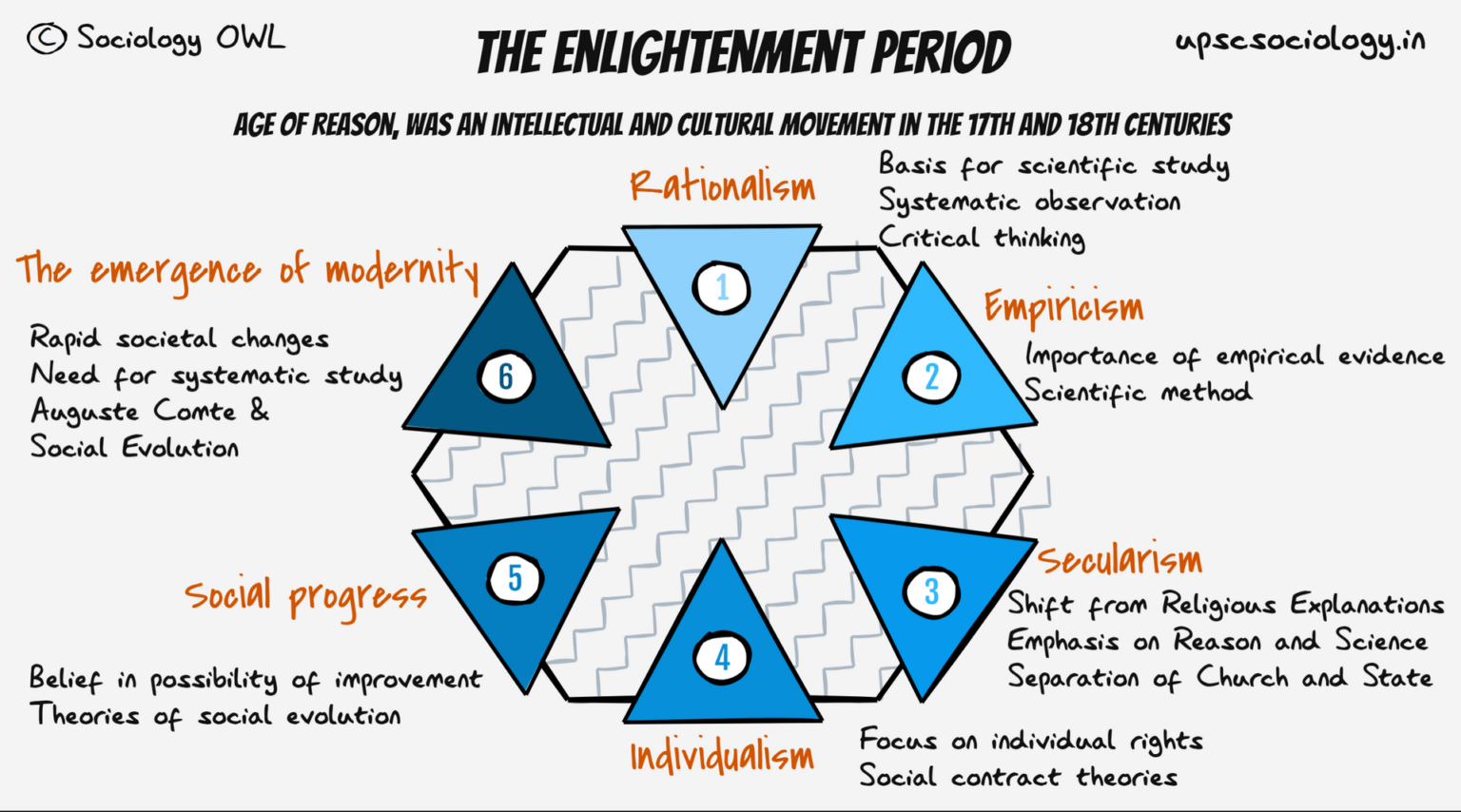How do sociologists construct gender in their analysis on social inequality?
Model Answers
Q: How do sociologists construct gender in their analysis on social inequality?
Question asked in UPSC Sociology 2022 Paper 1. Download our app for last 20 year question with model answers.
Model Answer:
Gender and Social Inequality
Sociologists construct gender as a critical lens through which to analyze social inequality, recognizing it as a fundamental organizing principle in society that intersects with other forms of stratification. This approach moves beyond biological determinism to examine gender as a social construct that shapes individual experiences, institutional structures, and power dynamics.
Key points in sociological analysis of gender and social inequality include:
1. Social Construction of Gender:
– Sociologists emphasize that gender is not innate but socially constructed through socialization processes and cultural norms.
– West and Zimmerman’s concept of “doing gender” illustrates how gender is actively performed and reinforced in daily interactions.
2. Gender as a System of Stratification:
– Gender is analyzed as a hierarchical system that typically privileges masculinity over femininity.
– This system manifests in various spheres, including the labor market (e.g., gender wage gap), household division of labor, and political representation.
3. Intersectionality:
– Kimberlé Crenshaw’s theory of intersectionality highlights how gender interacts with other social categories like race, class, and sexuality to create unique experiences of oppression or privilege.
– For example, the experiences of working-class women of color differ significantly from those of middle-class white women.
4. Institutional Analysis:
– Sociologists examine how gender inequality is embedded in and perpetuated by social institutions such as education, the workplace, and the media.
– Joan Acker’s concept of “gendered organizations” reveals how seemingly neutral organizational structures often favor masculine traits and experiences.
5. Gender and Power:
– Sociologists analyze how gender norms and expectations contribute to power imbalances in society.
– R.W. Connell’s concept of “hegemonic masculinity” explores how certain forms of masculinity maintain dominance over women and other masculinities.
6. Cultural Representations:
– The analysis includes examining how media, literature, and other cultural products reinforce or challenge gender stereotypes and inequalities.
By constructing gender as a multifaceted social phenomenon, sociologists provide a nuanced understanding of how gender shapes and is shaped by social structures, contributing to persistent patterns of inequality while also identifying potential avenues for social change.
Download our app for UPSC Sociology Optional - Syllabus, NCERT Books, IGNOU Books, Past Paper with Model Answers, Topper Notes & Answer Sheet.
How do sociologists construct gender in their analysis on social inequality? Read More »

